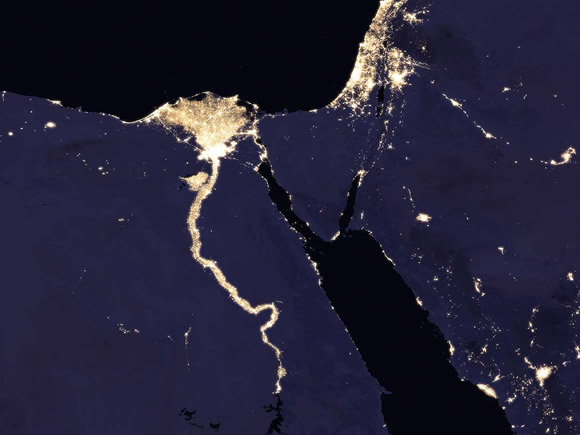
Looking at photos of Earth at night, glowing with the footprints of giant electric grids and ever-lit cities, it is hard to imagine that there are still 1.2 billion people without access to electricity on our planet. But it is true – still. For over a decade, HOMERⓇ Energy has been working with countries all over the world to bring electricity access to these populations through the creation of hybrid microgrids or “mini-grids” as they are known in some countries.
One of our latest projects, funded by the Asian Development Bank (ADB), aims to bring electricity to some of the nearly 40,000 people who live in remote villages dotted across the hundreds of islands in the Federated States of Micronesia (FSM). HOMER Energy’s undertaking is part of ADB’s Pacific Renewable Energy Investment Facility, a collection of efforts in roughly a dozen Pacific Island countries to reduce dependence on diesel-fueled electricity through adoption of more renewable energy. The work in Micronesia actually has two main goals: bringing electricity to people who have no access whatsoever, and bringing cleaner, more reliable, and reasonably priced electricity to those whose are currently dependent on engines burning expensive, imported diesel fuel.
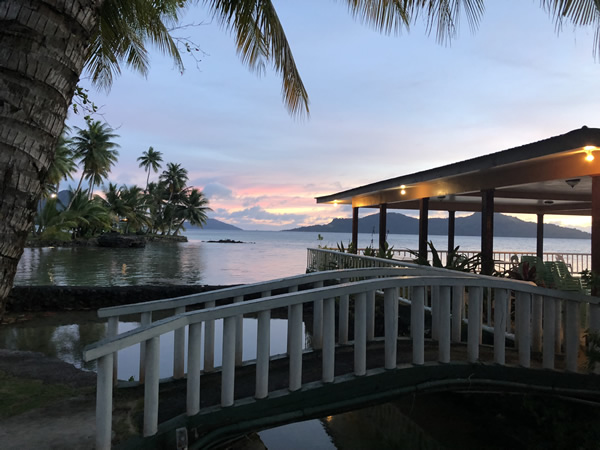
In partnership with project lead Entura, the consulting arm of the Australian utility Hydro Tasmania, HOMER Energy is focusing on how to use mini-grids to bring electricity to dozens of island villages in the Federated States of Micronesia.
/The specialist power and water consulting firm Entura has been engaged by the Asian Development Bank to undertake feasibility assessments and due diligence on renewable energy projects to help Tonga and the Federated States of Micronesia (FSM) achieve their renewable energy targets. The government of Tonga has set a 50% renewable energy target by 2020 while the FSM aims to achieve 30% annual average renewable energy penetration by 2020 and 50% by 2030. Entura will identify and assess the feasibility of a variety of hybrid renewable energy projects in alignment with the national energy masterplans. In the case of FSM this will include combinations of wind, solar (ground-mounted, rooftop and floating), mini-hydro, waste-to-energy and battery technologies. The HOMER Pro™ software modelling will assist in determining the most appropriate techno-economic solution. The Entura team will look to modernize the power stations to take into account additional technical aspects in order to integrate and control the new distributed generation and storage technologies. Grid stability, to ensure quality and security of supply, will be paramount to the success of these projects. The Entura team will also take into consideration the economic, financial, environmental and social safeguards aspects in compliance with ADB procedures. (See Entura media release on Tonga and Micronesia projects)
We spoke with John Glassmire, HOMER Energy’s Director of Energy Engineering, to get an overview of this project. His role in Micronesia is Off-grid Power Systems Specialist. John recently spent two weeks in Micronesia, visiting some of the sites he will be modeling. He met with local residents, government officials, and energy utilities about their power goals and needs.
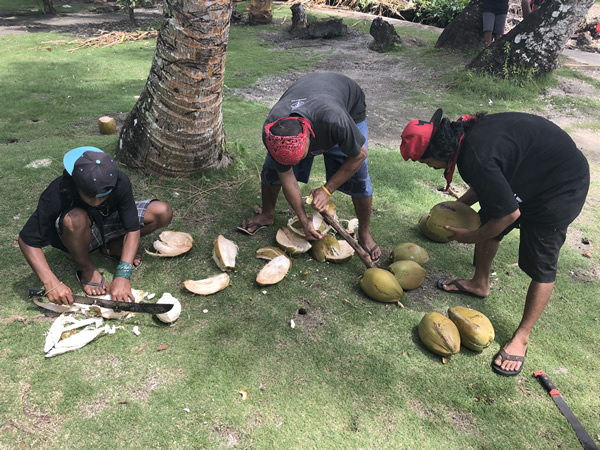
Q: First, can you tell us a bit about the geography and culture of this part of Micronesia?
A: Our project is targeting several states within the Federated States of Micronesia, an independent, sovereign nation within broader Micronesia, which is a large geographical region in the western Pacific consisting of thousands of islands and several countries. This is an area of incredible cultural diversity. Just within the three states where we are working, there are many different ethnic groups and dozens of different languages and dialects spoken. FSM itself has hundreds of islands. One thing to bear in mind is that after World War II and up until 1986, when the Federated States of Micronesia became independent, Micronesia has had a special, close relationship with the US codifying work visas, immigration and security issues.
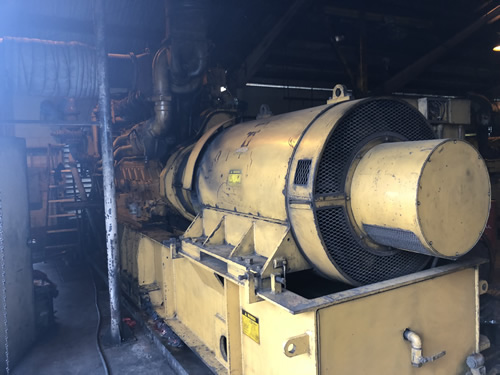
Q: What can you tell us this project and its scope?
A: We’re in the process of finalizing the scope, but it’s safe to say we’ll be working to bring renewable power to a number of off-grid areas, including rural villages located on dozens of different islands. We’re also working in some of the more developed urban areas to study what’s involved in displacing existing diesel power with cleaner renewable energ
Q: Will HOMER Energy be involved in helping design hybrid renewable microgrids?
A: Yes, the goal will be to explore the cost savings through a shift to hybrid systems with renewables. Pretty much everything here is already a microgrid, because we’re working on islands. Even the largest towns have electric grids that we would call microgrids because of their size; they’re serving a few thousand people. Pohnpei island is the largest, with a population of over 30,000 people. Unfortunately, most of the power for these microgrids today comes from diesel generators.
In the more remote and smaller islands that do not have existing utility grids, you’ll often see makeshift ways of getting power; in some cases the “grid” is an extension cord connecting a couple of houses together. But yes, we’ll probably be doing different types of projects involving microgrids, whether it’s building them from scratch or integrating storage and renewable components within diesel grids that already exist.
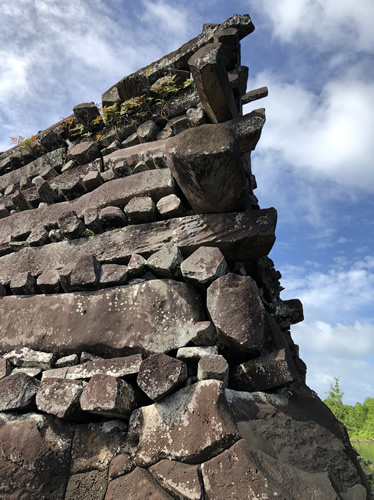
Q: So where will you be working in Micronesia, and what are the social and economic conditions?
A: We’ll be working in Pohnpei, which is home to the capital of the country, as well as the smallest state Kosrae, and the most populous state Chuuk.
I visited Pohnpei, which is the name of both the state and the island. It’s the most highly developed area in Micronesia. The island has about 34,000 residents. Pohnpei has incredible biodiversity, and it’s one of the wettest places on Earth, with over 300″ of rainfall each year. It is also home to an amazing UNESCO World Heritage Site, Nan Madol. This ancient ceremonial center, complete with palaces and temples, was built between 1200 and 1500 AD/CE, a key period in Pacific Island culture.
I also went to Kosrae, which is much smaller, and has about 6,000 people. There is a diesel-powered microgrid serving most of the island, but there’s a seasonally isolated village that doesn’t have any utility power at all. Kosrae is relatively undeveloped and is a mecca of sorts for hikers and scuba divers.
Finally I went to Chuuk, the most populous state, with about 50,000 people. This includes Chuuk Lagoon, a massive area of more than 800 square miles enclosed by a reef, also a mecca for scuba divers, who are exploring WWII shipwrecks. The people there speak a range of dialects of “Chuukese.” The largest island has a microgrid that serves about 25% of the population of Chuuk, however, even within the lagoon, there are dozens of islands with tiny villages, most of which don’t have any electric power. Outside of the lagoon, there are even more isolated islands. These “outer islands” can take between a few days to a month to reach, depending on whether you charter a plane/boat or wait for a supply boat to take you. Chuuk is where we will be doing the most work, since energy access is the most important issue for the Chuukese.
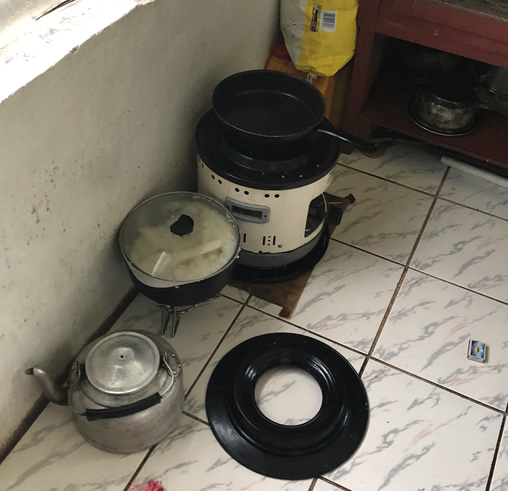
Q: What do the people in Micronesia do for a living? And what are their main needs for electricity?
A: In the urban areas you see a lot of the normal trades, but in the remote villages most everyone is doing subsistence fishing or harvesting of local crops like coconuts. The urban areas have many of the same demands you would expect in any urban area: power for business and industry, and power for homes.
In the unelectrified areas, people mostly want modern energy services in their homes: refrigerators/freezers, lighting, washing appliances, TV, and cell phone charging. They also want power for their schools, although there are existing stand-alone PV systems at some of the schools. I visited one community that has ice-making equipment, which is important for supporting fishing in the outlying areas of the lagoon. Electricity could also improve healthcare services in these areas. People in Micronesia have been promised access to power for years, and, when we showed up in the most remote villages, all of the Chiefs gathered and were happy to hear we were working to bring them electricity.
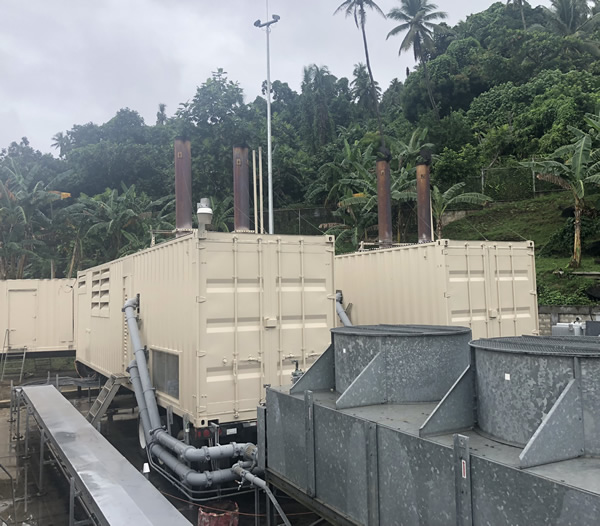
Q: Will the work that you do be different depending on which part of Micronesia you’re in?
A: In Pohnpei, our focus will be on the grid that currently powers the island. It’s mostly diesel with some hydro and some existing solar funded by other grant agencies. We’ll be modeling or simulating various options for them to increase their use of renewables and to reduce expensive diesel imports. We’ll figure out the most cost effective options to help them reach their national renewable goals, which is 30% renewable energy by 2020.
Kosrae has one main grid for most of the island. Then there’s Walung Village, which has no utility power. We’ll be studying how to bring mini-grid power to Walung and how to use renewables to improve the main grid on Kosrae, as well as support their state and national goals for the use for renewable energy.
Finally, in Chuuk, we expect to be developing entirely off-grid microgrid solutions for many of these small islands. This area is our biggest challenge because we have at least 35,000 people with no utility power whatsoever.
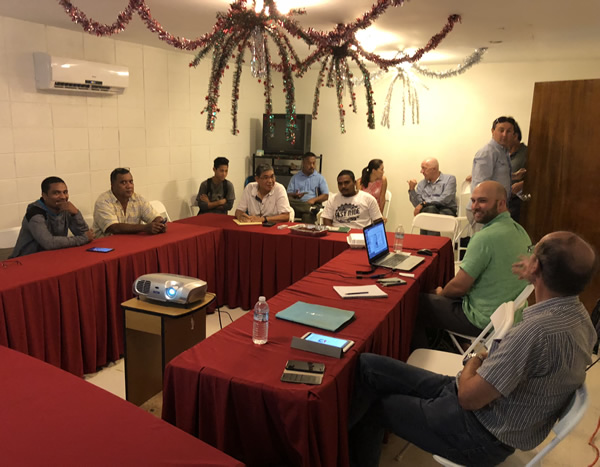
I should mention that the main Chuuk island of Weno has a modern grid that provides 24/7 electricity. Although it currently gets all of its power from diesel generation, the main power plant is a well-managed facility that forms a strong foundation for the utility to bring on more renewables. They have plans to add renewables, but asked us to focus on bringing power to the other islands.
While we were there, I conducted HOMER software trainings for the utility staff in both Pohnpei and Kosrae. It was wonderful to have a chance to work with them, and they were really excited to engage with the benefits that renewables can bring in improving electricity on their islands.
Q: Speaking of Pohnpei, how will solar do in the rainiest place on Earth?
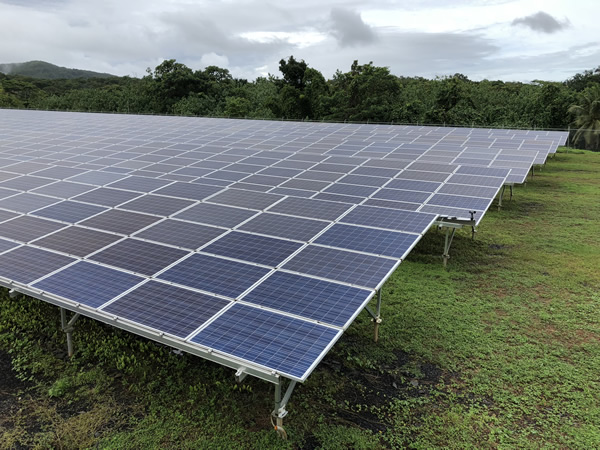
A: The solar resource is pretty good anywhere on Earth. And, in Micronesia, despite the rain, the solar resource is good because of proximity to the equator. But a better question is what are the electrical needs and what other options are available for serving those needs? Micronesia is remote, so it’s going to be a strong candidate for using solar, primarily because there is demand for electricity and the other major option is diesel, which is expensive.
Q: What sorts of data do you need to gather in order to begin planning how to model these communities using the HOMER software?
A: We need to figure out the best ways to identify where energy access has to be provided. And we need to get a sense of what the electric loads would be, and how they might evolve over time. For example in Chuuk, we’re trying to improve energy access outside main island of Weno. That’s a lot of islands. The first step is to make sure we’ve got a good understanding where people live, so we’re planning to have people go around to every house and count them.
This process will help us figure out how many people live in each community, and what kind of wires we might need to run to connect people. It will also help us determine how expensive it might be to string the wires and create the power systems. For example, it will be more challenging to provide mini-grids into the forested mountain areas, or to run distribution lines through the mangrove swamps which surround many of these islands. The final design recommendations will factor these together to get a sensible plan for electrification with mini-grids.
Q: This sounds like an amazing project! Any conclusions you want to leave us with?
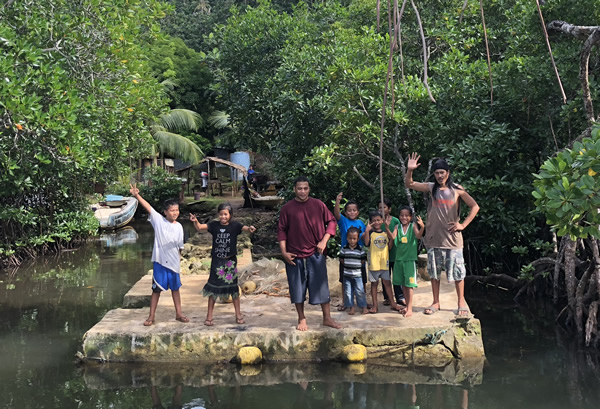
A: Basically we are looking at improving the electricity for a population of 100,000 people on hundreds of different islands, each with vastly different needs. The larger towns have multiple diesel engines, central power plants and some solar. They mostly have 24/7 electricity. They want to clean up their energy generation and reduce the costs associated with importing diesel fuel. Meanwhile, the villages on the remote islands have no power at all. As the off-grid engineer, that’s my priority.
I’m lucky we have the HOMER Pro software to help us do many of these calculations. We will be using it to figure out how to improve energy access at least cost, what the optimal system configurations might be, and how to increase the use of renewables to displace diesel fuel use on these islands.

Hi all. Just curious, how’s the project going? Will this work for the outer islands?
Very interesting and informative article. Thanks!
Thank you very much for your comments!
Lili Francklyn